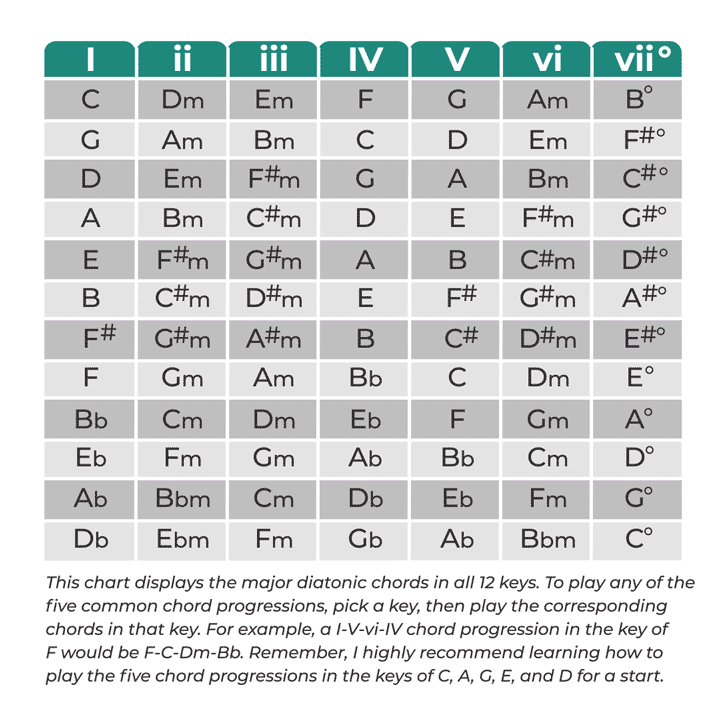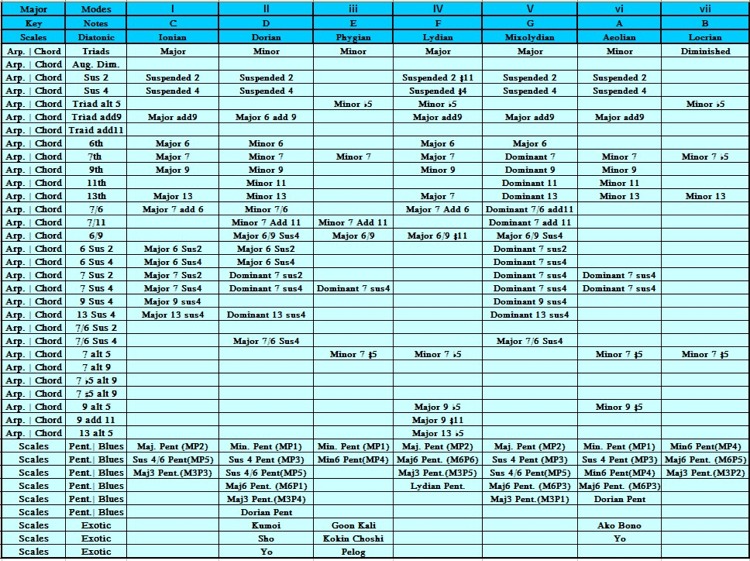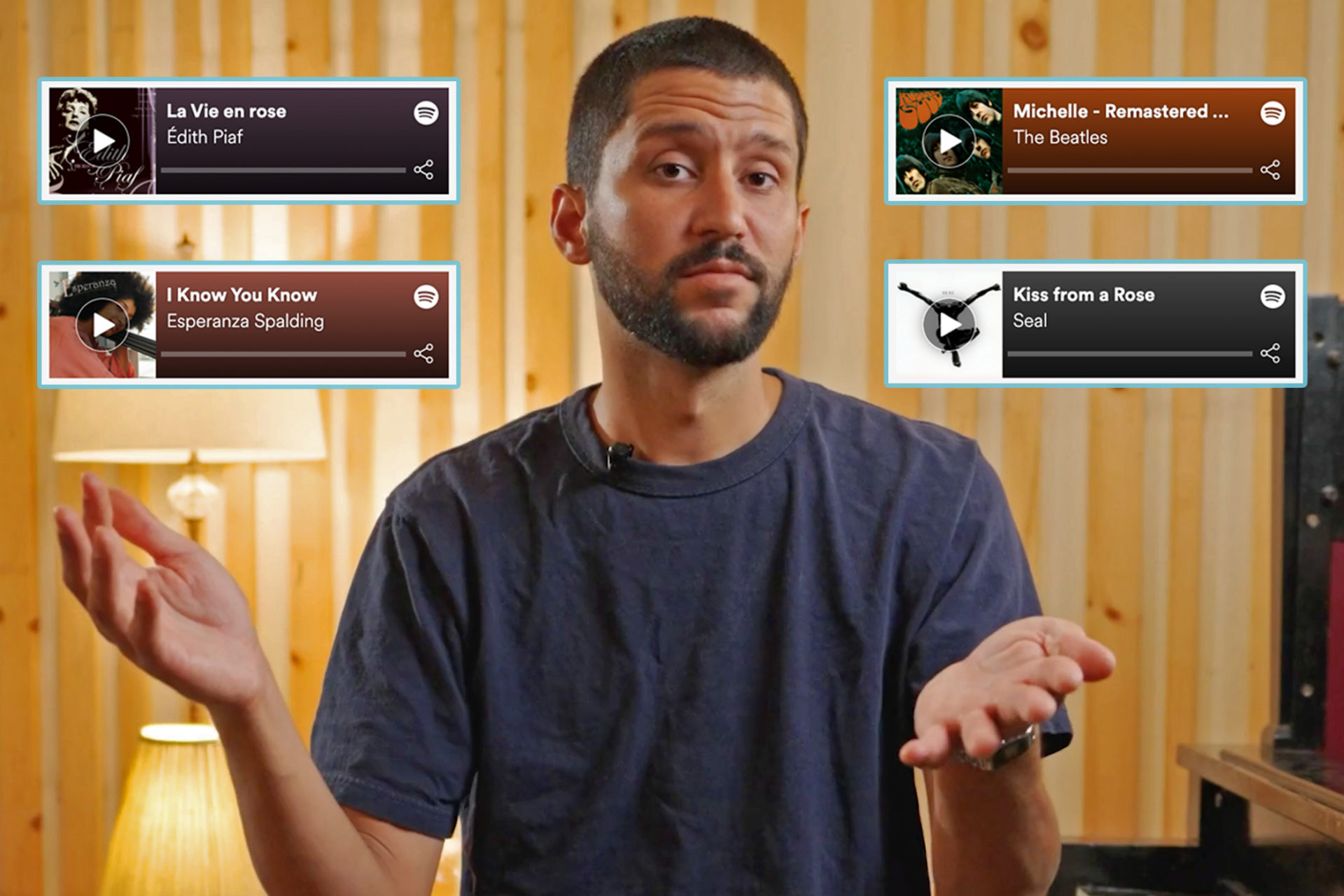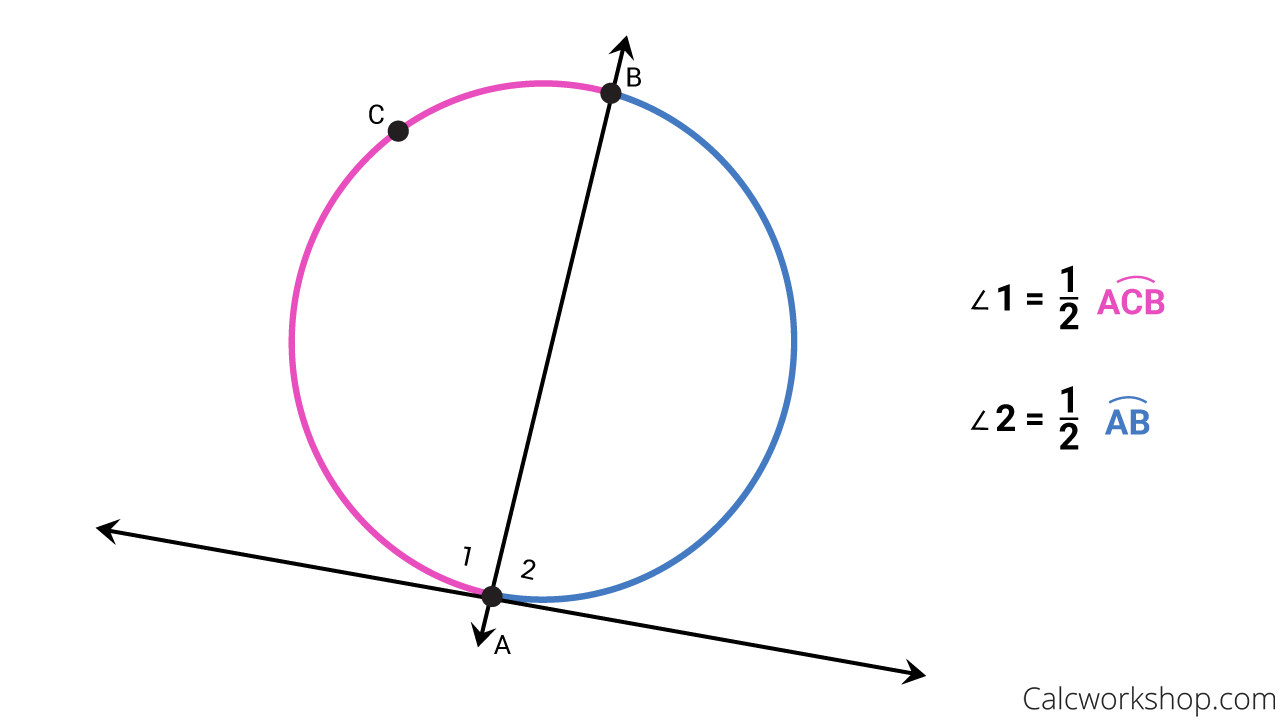
CHORDCHART2 Liberty Park Music
The chord family of a Major key always respects this pattern: Degrees I, IV and V are Major. Degrees II, III and VI are minor. Degree VII is diminished. If you use 7th chords (4 note chords instead), the pattern is as follows: Degrees I and IV are Maj7. Degrees II, III and VI are min7. Degree V is dominant/7.

Chord Relation Chord Progression Theory ফ্যামিলি কর্ড নিয়ে আলোচনা YouTube
Jazz Guitar Chords Poster This printed color posters contains 63 guitar chord diagrams for jazz players, students, teachers and schools. Guitar Modes Poster Guitar reference posters and wall art about modes of the major scale for guitar teachers, students and music schools. Melodic Minor Modes Poster

C Major Chord Relation/Progression Simple Formula for Beginners YouTube
To discover a chord-scale relationship for almost any chord, write all of the notes of the chord (including upper extensions and altered notes), then fill in the thirds with the most logical choices, avoiding augmented seconds and consecutive half steps. 🔗

Major Scale Harmony & Scale Relationship Chart Guitar Analyzer Software
This lesson will show where chords are in relation to each other. There is an order in which the chords go down the fretboard it is C-A-G-E-D. Each letter refers to a certain chord form or pattern. This pattern is shown in the diagram below. (Ex: C form, A form, etc.)

Valentine's Day A data visualization to learn Chords in d3.js Kathy Reid
The vertical lines of a chord chart represent each of the six strings of a guitar. From lowest to highest, they are: • 6th (and lowest toned) string: low E • 5th string: A • 4th string: D • 3rd string: G • 2nd string: B • 1st (and highest toned) string high E

Valentine's Day A data visualization to learn Chords in d3.js Klog Kathy Reid's Blog
Step 1. Play each chord as a chord - just strum like any other chord, taking care to keep the idle strings quiet. Step 2. Now think 'lead guitar', and play each note from each chord separately. 1. G, Am, Bm and C chord tones. (Image credit: Future) Start very slowly and gradually build up speed. Make sure none of the notes bleed into each other.

Question Video Finding the Length of a Chord in a Circle Using the Given Relation between the
Summary - finding chords that go together In the following article, we're going to dabble in some basic guitar chord theory, analyze common chord progressions, and explain the relationship between chords, and how to establish which chords work well together.

An Intermediate Guide to Chord Tones and Tensions Flypaper
Sep 28, 2021 3 min read How Chords Portray Emotion (with chord and emotions chart) Updated: Mar 12, 2023 Chord Relationships, or "CRs" for short, are a somewhat obscure but supremely helpful concept to learn (in my own opinion). They are especially helpful and prevalent among film composers.

Chord Chord Angle Theorem Chord Musical
Here's a simple guideline: if you want to project sadness, opt for a minor chord; for a sense of happiness, choose a major chord as the starting point. Remember, the first chord sets the tone and sets the stage for the audience's emotional experience. 💡 Explore our article on choosing key and modes to unlock the connection between chords and.

piano chord types Archives Mixxed Blog
The most common is the relationship between the dominant (5) and tonic (1) of a major key progression. For example: B7 (V) - E major (I) - click to hear Hear how the V chord provides a natural air of tension before resolving to the tonic I chord. A very common relationship, used in nearly all genres of music.

Stretching for this right hand piano chord B3 D4 G4 B4 Music Practice & Theory Stack Exchange
The Roman numeral system helps you know what chords to play, regardless of what key you are in. Uppercase numeral (I) = major chord Lowercase numeral (i) = minor chord Superscript circle (vii°) = diminished chord Remember: The key of the scale is the I/i chord. Major scale roman numerals I ii iii IV V vi vii° Minor scale roman numerals i ii° III

RELATION BETWEEN CHORD AND DISTANCE FROM CENTER OF CIRCLE
In this tutorial we are going to examine how different chords and scales are related to each other, by the notes that they share in common. Some ChordWizard products have a Relations View gives you a powerful way to explore how scales and chords are related to each other.

Basic Chord Chart
Notes & Chord Relationships This lesson doesn't have a video Scale Comparison Chart Notes & Chord Relationships Applied Melodic Sequences CAGED vs 3 Notes Per String (3NPS) Scale Systems Demystify The Minor Scales [1/2] 06:45 Demystify The Minor Scales [2/2] 06:46 Mark lesson as complete Learn More

Major & Minor Chord Relation 06. Keyboard Bangla Lesson Let's Sing Bd YouTube
To show this, I will use the C, A, G, E, and D chord forms. You can see that the chords are all major chords, but they can be other chords also. The scale patterns shown in this lesson are all major scale patterns, therefore all major chords will relate to the major scale pattern. If you remember Lesson 14, you know that certain chords work.

Chord diagram from Data to Viz
The fundamental principle of chord theory is that notes in chords are named based on their relationship to each other: Root: the note the chord is named after, the foundation of the chord. Third: the note that is two alphabet spaces away from the root, the note that tells your ear whether the chord is major or minor.

Relation between chord and arc YouTube
The fundamental scale of Western music is the major scale, and it consists of seven notes. Starting from the lowest note, and going up, the notes of this diatonic scale are: 1 - the "root" of the scale. 2 - a whole step up from the root. 3 - a whole step up from the 2nd. 4 - a half step up from the 3rd.